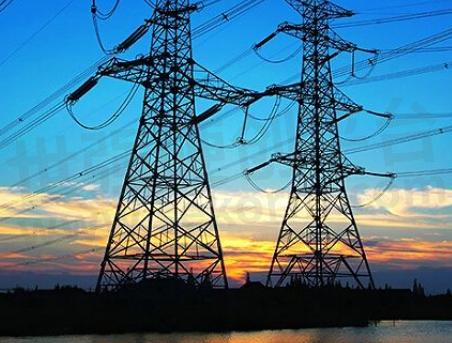AC-DC Power Supply: A Complete Guide

AC-DC Power Supply is a device that converts alternating current (AC) to direct current (DC) for use by electronic devices. The output voltage and current of a power supply can be regulated to meet the requirements of different electronic devices. In this guide, we will discuss the different types of AC-DC power supplies, their applications, and how to select the right power supply for your needs.
Types of AC-DC Power Supplies
There are two basic types of AC-DC power supplies: linear and switching. Linear power supplies use a transformer to convert AC input voltage to a lower AC voltage, which is then rectified and regulated to produce a DC output voltage. Switching power supplies use high-frequency switching to convert AC input voltage to DC output voltage.

Fig.1
Linear Power Supplies
Linear power supplies are simple and reliable, with low output ripple and noise. They are commonly used in low-power applications such as audio equipment and small electronic devices. However, they are less efficient than switching power supplies and tend to be larger and heavier.
Switching Power Supplies
Switching power supplies are more efficient than linear power supplies and are commonly used in high-power applications. They are lighter and smaller than linear power supplies and offer higher output power density. However, they can produce more electrical noise and may require additional filtering to reduce electromagnetic interference.
Applications of AC-DC Power Supplies
AC-DC power supplies are used in a wide range of electronic devices, including computers, televisions, mobile phones, and household appliances. They are also used in industrial applications such as motor control and lighting systems. In addition, they are used in medical equipment and aerospace applications.
Selecting the Right AC-DC Power Supply
When selecting an AC-DC power supply, it is important to consider the following factors:
1. Output Voltage and Current: The power supply should provide the correct output voltage and current for the device being powered.
2. Efficiency: The efficiency of the power supply affects its operating temperature and energy consumption. A more efficient power supply will produce less heat and consume less energy.
3. Regulation: The output voltage and current of the power supply should be regulated to ensure stable and reliable operation.
4. Noise: The power supply should produce low levels of electrical noise to avoid interference with other electronic devices.
5. Safety: The power supply should meet safety standards such as UL, CE, and FCC.
6. Reliability: The power supply should be reliable and durable, with a long service life.
Conclusion
AC-DC power supplies are essential components of electronic devices, providing the necessary DC voltage and current for operation. Linear and switching power supplies are the two main types of AC-DC power supplies, each with its advantages and disadvantages. When selecting a power supply, it is important to consider factors such as output voltage and current, efficiency, regulation, noise, safety, and reliability.
- +1 Like
- Add to Favorites
Recommend
- AC-DC Power Supply Guide: The Basics of AC-DC Power Supply
- AC-DC Power Supply – A Reliable Solution for All Your Power Needs
- Efficient AC-DC Power Supply for Maximum Performance and Reliability
- AC-DC Power Supply: An Essential Component for Powering Your Devices
- AC-DC Power Supply: The Ultimate Solution for Reliable and Efficient Power Conversion
- The Importance of AC-DC Power Supply in Industrial Applications
- Wholesale AC-DC Power Supply: Meeting the Demands of Modern Industries
- AC-DC Power Supply: The Key to Reliable and Efficient Power Conversion
This document is provided by Sekorm Platform for VIP exclusive service. The copyright is owned by Sekorm. Without authorization, any medias, websites or individual are not allowed to reprint. When authorizing the reprint, the link of www.sekorm.com must be indicated.






























































































































































































































































































































































































































































































































































































































































































































































































































































































